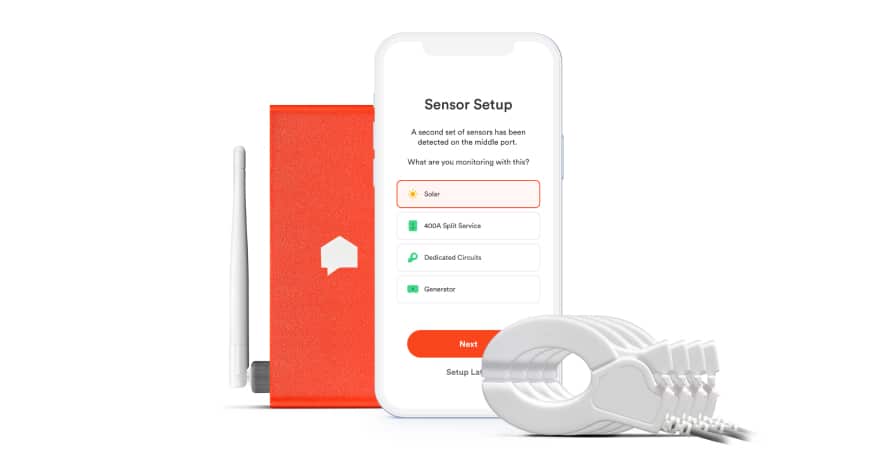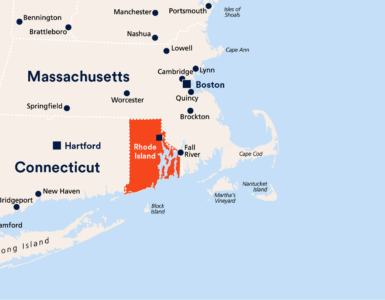We were at the 2022 National Association of Regulatory Utility Commissioners (NARUC) Annual Meeting and Education Conference last week, where the theme was “Connecting the Dots” between innovative technologies and regulation. It was a great opportunity to hear directly from policy makers and discuss how innovation contributes to the energy transition.
The Honorable Eric Skrmetta and Lt. Governor of Louisiana Billy Nungesser kicked off the conference with a welcome to New Orleans. Bordered by purple, green and yellow flower arrangements, they explained the meaning of these Mardi Gras colors to attendees: purple for justice, green for faith, and gold for power. These symbols can equally be applied to the discussions happening throughout the conference. Rather than naming the conference “Connecting the Dots,” it could have been “Connecting the Colors.”
Purple for Justice
To achieve equity in the clean energy transition, speakers pointed out that we need to look at environmental justice and how communities are served by innovation. Many passionate regulators spoke at the NARUC conference about what equity means to them personally and how policy priorities to serve disadvantaged and income-eligible communities can be implemented in the clean energy transition.
One way to aim for equity in the clean energy transition is to consider core and application components as complimentary but separate pieces that contribute to equity goals. The core components of the energy transition will evolve as the utility and grid relationship becomes more dynamic, and they can range from meeting the basic needs of energy delivery to adopting advanced technology and capabilities.
At the same time that the core infrastructure evolves with innovation, so does the opportunity to add layers of applications to enhance the customer experience and value, optimize grid performance and management, and hold utilities accountable for delivering benefits to justify investments.
Smart metering infrastructure, specifically the latest generation of smart meters, should be considered a core component of the clean energy transition. Representing significant innovation over the first generation of smart meters, and a negligible incremental cost, AMI 2.0 allows for customer insights into the home and grid intelligence to the utility in real time.
Smart meters that can support consumer applications running on the meter provide an opportunity for added value from third parties, which increases over time as the solutions market grows.
Taking this approach ensures that customers are not “paying for a Ferrari but getting a Peugeot,” as one Commissioner described first-generation smart meter deployments. Making sure that all customers are enabled to see inside their homes and manage their energy usage like never before relies on the foundational and equitable deployment of core metering infrastructure that can support applications.
Green for Faith
In the context of the clean energy transition, the term “faith” can be applied to both faith in innovation and faith in achievement. The conference WiFi password “committed2clean” was emblematic of the faith that NARUC and its members have in the clean energy transition. Giving faith to the solutions to achieve such a transition was a strong focus of both the format of the conference and the message delivered by some of the most progressive regulators.
One best practice shared by the Connecticut cohort was the use of “Solutions Days.” Designed to discover innovative solutions in the market, the Solution Days helped to inform components of their Equitable Modern Grid initiative. Conference organizers also revived the Tech Showcase at this year’s NARUC conference to provide an opportunity for solutions providers to demonstrate their technology and engage with regulators directly. The strong attendance at the Tech Showcase demonstrated that exposure between regulators and markets is needed to have a robust understanding of what is truly possible in the clean energy transition.
Regulators shared best practices for creating transition frameworks including this one: be explicit and detailed about the expected outcomes while allowing utilities the flexibility to find solutions in an ever-evolving solutions market. If a string of beads were handed out for every time performance-based ratemaking (PBR) was mentioned, we’d have all been Mardi Gras royalty. While not necessary for enabling the clean energy transition, PBR offers obvious opportunities for utilities to evolve their business capabilities and for regulators to provide rewards for achievement (and in some cases, penalties for underachievement) of goals. However, we heard repeatedly that the key in any jurisdiction is giving all stakeholders a clear line of sight to the outcomes desired with some leniency in the frameworks that allow utilities and third parties to achieve them.
Gold for Power
It would seem obvious that the theme of power would feel relevant at a conference full of decision and rule makers. Of course, the reality is complex since the approach to regulation differs among commissioners and jurisdictions, each with their own opportunities, challenges, and priorities. Conference speakers focused on the future and using the intrinsic power of regulators and policymakers to move the clean energy transition forward.
A recurring sentiment – perhaps more of a plea – was that regulators should become more active in shaping how this transition unfolds in their jurisdictions. Commissioners should solicit stakeholder input and combine it with their own policy priorities to develop recommendations for certain aspects of the clean energy transition rather than waiting passively for utilities to put forward their own proposals.
Another theme was the need to be more progressive as regulators look towards the clean energy future. A prime example is the benefit-cost frameworks that regulators mandate for utility investments. Some investments, it was argued, should be given more consideration for benefits that cannot yet be quantified because they rely on innovation that has not yet been widely deployed. In addition to looking back at outcomes achieved, regulators must consider the forecasted benefits - especially in the context of innovation and disruption.
Compounding benefits, like those inherent in advanced core components of the clean energy transition, should be seen as “no regrets” areas of investment. To go back to metering as an example, the smarter and more capable the meter that gets installed today, the more opportunities for layering value over time while ensuring the meter stays capable in the face of innovation.
The takeaway was that the transition to a clean energy future is happening now and is no longer something that can be pushed out for future regulators to shape. The electric grid, in particular, is facing resiliency and growth challenges while customers are soliciting new ways to engage with their home and take control over their energy bills. As the grid becomes more dynamic, so too, should be the policy frameworks.







